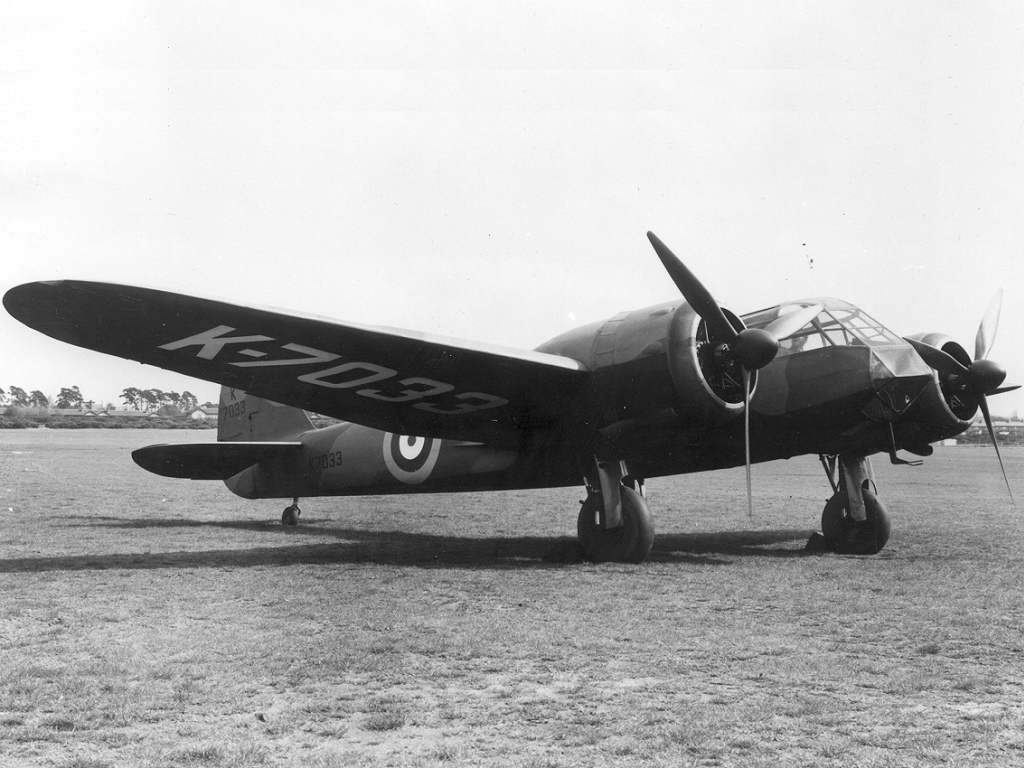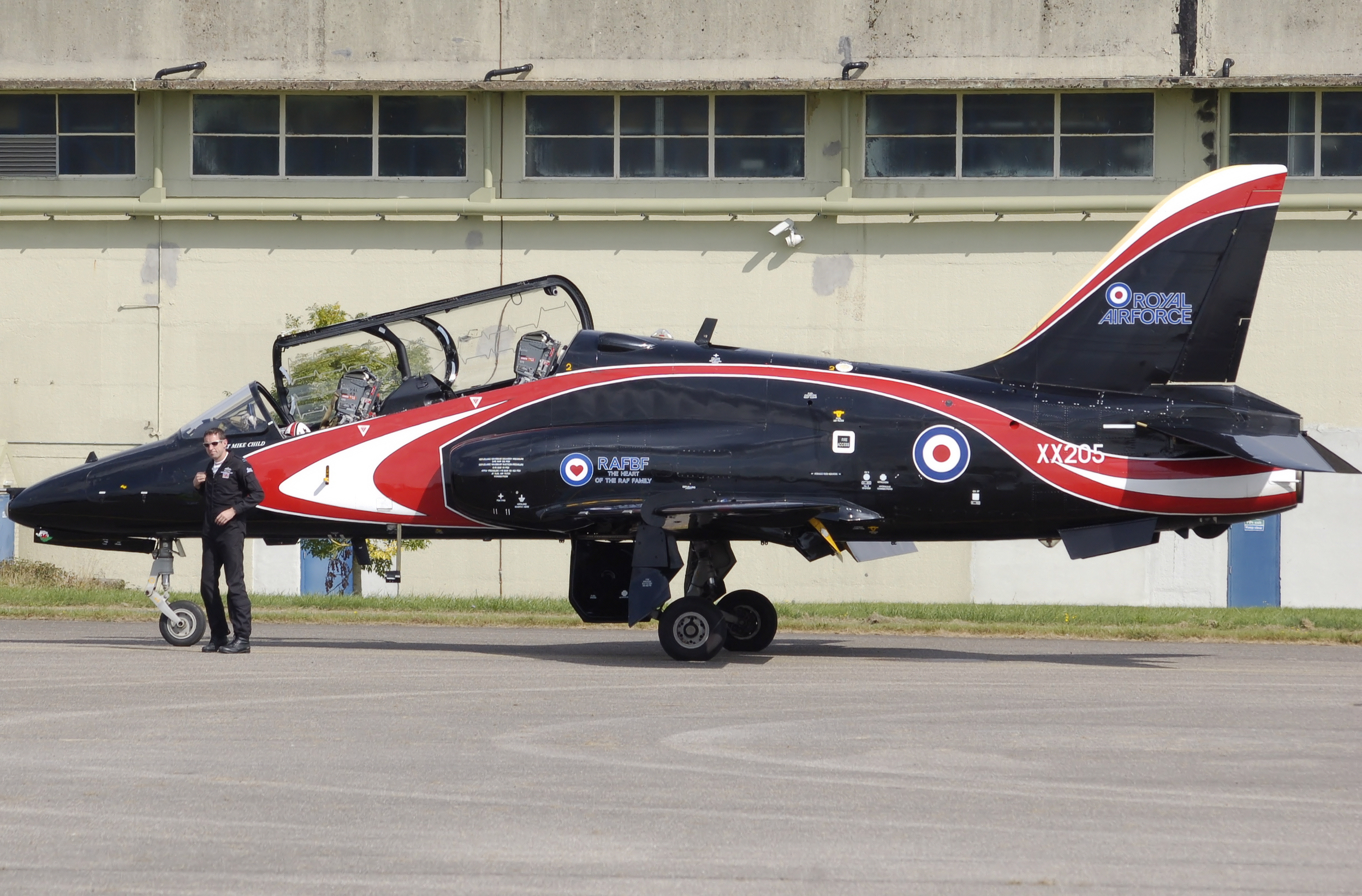|
No. 41 Squadron, Finnish Air Force
No. 41 Squadron ( fi, Pommituslentolaivue 41 or ) was a bomber unit of the Finnish Air Force formed in 1946 and based at Luonetjärvi. The squadron belonged to Flying Regiment 4. In 1951 the unit was renamed into ''No. 41 Squadron'' (''Lentolaivue 41'' or ''Le.Lv.41''). No. 41 Bomber Squadron The No. 41 Bomber Squadron was formed in 1946. It was equipped with Fokker D.XXIs, Messerschmitt Bf 109Gs, and Bristol Blenheims. In 1951, it was renamed "No. 41 Squadron". No. 41 Squadron No. 41 Fighter Squadron No. 41 Fighter Squadron (''Hävittäjälentolaivue 41'' or ''HävLLv 41'') is currently the fighter training squadron of the Training Air Wing, based in Tikkakoski Tikkakoski is a northernmost residential area of Jyväskylä, Finland, about north of the city centre. It has a population of 6,000. The Jyväskylä Airport, Aviation Museum of Central Finland, and a Finnish Air Force base, with the FAF Headqu .... It flies Hawk Mk.51s and Mk.51As. In 2009 it received the Mk.66 ... [...More Info...] [...Related Items...] OR: [Wikipedia] [Google] [Baidu] |
Bomber Aircraft
A bomber is a military combat aircraft designed to attack ground and naval targets by dropping air-to-ground weaponry (such as bombs), launching torpedoes, or deploying air-launched cruise missiles. The first use of bombs dropped from an aircraft occurred in the Italo-Turkish War, with the first major deployments coming in the First World War and Second World War by all major airforces causing devastating damage to cities, towns, and rural areas. The first purpose built bombers were the Italian Caproni Ca 30 and British Bristol T.B.8, both of 1913. Some bombers were decorated with nose art or victory markings. There are two major classifications of bomber: strategic and tactical. Strategic bombing is done by heavy bombers primarily designed for long-range bombing missions against strategic targets to diminish the enemy's ability to wage war by limiting access to resources through crippling infrastructure or reducing industrial output. Tactical bombing is aimed at c ... [...More Info...] [...Related Items...] OR: [Wikipedia] [Google] [Baidu] |
Finnish Air Force
, colours = , colours_label = , march = , mascot = , anniversaries = , equipment = 159 , equipment_label = Total aircraft , battles = , decorations = , battle_honours = , battle_honours_label = , flying_hours = , website Finnish Air Force.fi, commander1 = Major-General Juha-Pekka Keränen , commander1_label = Commander , notable_commanders = , identification_symbol = , identification_symbol_label = Roundel , identification_symbol_2 = , identification_symbol_3 = , identification_symbol_2_label = Aviator badge , identification_symbol_3_label = Ensign , aircraft_electronic = CASA C-295M , aircraft_trainer = , aircraft_tran ... [...More Info...] [...Related Items...] OR: [Wikipedia] [Google] [Baidu] |
Flying Regiment 4, Finnish Air Force
Flying Regiment 4 ( fi, Lentorykmentti 4 or ''LeR 4'') was a bomber aircraft regiment of the Finnish Air Force. The regiment was formed on 1 January 1938 and was active during the Winter War, the Continuation War, and the Lapland War. During the Winter War, the unit flew 423 war missions, of which 22 were strategic and photo reconnaissance flights with its Bristol Blenheim Mk.Is. 18 aircraft and 21 crew members were lost. During the Continuation War the regiment was re-equipped with new Bristol Blenheims Mk.IVs, German Dornier Do 17Zs, Junkers Ju 88s, and Russian Ilyushin DB-3s, and Tupolev SBs. The unit could now mount some 50 aircraft in their largest raids. More than 4,000 missions were flown during the Continuation War. 65 aircraft and 165 crew members were lost. During the Lapland War ''LeR 4'' flew 462 missions against the Germans, losing 7 aircraft and 16 crew members. Organization Winter War * No. 42 Squadron: bomber squadron * No. 44 Squadron: bomber squadron * No. 46 ... [...More Info...] [...Related Items...] OR: [Wikipedia] [Google] [Baidu] |
Fokker D
Fokker was a Dutch aircraft manufacturer named after its founder, Anthony Fokker. The company operated under several different names. It was founded in 1912 in Berlin, Germany, and became famous for its fighter aircraft in World War I. In 1919 the company moved its operations to the Netherlands. During its most successful period in the 1920s and 1930s, it dominated the civil aviation market. Fokker went into bankruptcy in 1996, and its operations were sold to competitors. History Fokker in Germany At age 20, while studying in Germany, Anthony Fokker built his initial aircraft, the ''Spin'' (Spider)—the first Dutch-built plane to fly in his home country. Taking advantage of better opportunities in Germany, he moved to Berlin, where in 1912, he founded his first company, Fokker Aeroplanbau, later moving to the Görries suburb just southwest of Schwerin (at ), where the current company was founded, as Fokker Aviatik GmbH, on 12 February 1912. World War I Fokker capitalized ... [...More Info...] [...Related Items...] OR: [Wikipedia] [Google] [Baidu] |
Messerschmitt Bf 109
The Messerschmitt Bf 109 is a German World War II fighter aircraft that was, along with the Focke-Wulf Fw 190, the backbone of the Luftwaffe's fighter force. The Bf 109 first saw operational service in 1937 during the Spanish Civil War and was still in service at the end of World War II in 1945. It was one of the most advanced fighters when it first appeared, with an all-metal monocoque construction, a closed canopy, and retractable landing gear. It was powered by a liquid-cooled, inverted-V12 aero engine. It was called the Me 109 by Allied aircrew and some German aces, even though this was not the official German designation. It was designed by Willy Messerschmitt and Robert Lusser who worked at Bayerische Flugzeugwerke during the early to mid-1930s. It was conceived as an interceptor, although later models were developed to fulfill multiple tasks, serving as bomber escort, fighter-bomber, day-, night-, all-weather fighter, ground-attack aircraft, and reconnaissan ... [...More Info...] [...Related Items...] OR: [Wikipedia] [Google] [Baidu] |
Bristol Blenheim
The Bristol Blenheim is a British light bomber aircraft designed and built by the Bristol Aeroplane Company (Bristol) which was used extensively in the first two years of the Second World War, with examples still being used as trainers until the end of the war. Development began with the ''Type 142'', a civil airliner, in response to a challenge from Lord Rothermere to produce the fastest commercial aircraft in Europe. The ''Type 142'' first flew in April 1935, and the Air Ministry, impressed by its performance, ordered a modified design as the ''Type 142M'' for the Royal Air Force (RAF) as a bomber. Deliveries of the newly named Blenheim to RAF squadrons commenced on 10 March 1937. In service the Type 142M became the Blenheim Mk.I which would be developed into the longer Type 149, designated the Blenheim Mk.IV, except in Canada where Fairchild Canada built the Type 149 under licence as the Bolingbroke. The Type 160 Bisley was also developed from the Blenheim, but was already o ... [...More Info...] [...Related Items...] OR: [Wikipedia] [Google] [Baidu] |
Training Air Wing
The Training Air Wing ( fi, Lentosotakoulu, abbr. ''LentoSK'', sv, Flygkrigsskolan) was the Finnish Air Force pilot jet aircraft training school. It is located at Kauhava Airport in Kauhava, in Southern Ostrobothnia. The unit trains pilots for the Finnish Defence Forces, as well as for the Finnish Border Guard. History In the beginning, pilots were trained in Helsinki at Santahamina, where there was a sandy airfield, called "Sahara". Until the end of the 1920s, the school mostly used aircraft equipped with floaters. In the 1930s, the pilot training was moved to Kauhava. At the same time, the Finnish Air Force also started to train pilots for the reserve. In 2005, it was decided that primary training would be branched off and a new unit was created in Tikkakoski. It was named into Air Force Academy. Because the name of Kauhava unit had been the same, it was renamed the Training Air Wing—the same name unit had already in 1941-1952. The pilot training started with a conscript ... [...More Info...] [...Related Items...] OR: [Wikipedia] [Google] [Baidu] |
Tikkakoski
Tikkakoski is a northernmost residential area of Jyväskylä, Finland, about north of the city centre. It has a population of 6,000. The Jyväskylä Airport, Aviation Museum of Central Finland, and a Finnish Air Force base, with the FAF Headquarters, the Finnish Air Force Academy, Air Force Band A military band is a group of personnel that performs musical duties for military functions, usually for the armed forces. A typical military band consists mostly of wind and percussion instruments. The conductor of a band commonly bears the tit ..., and the C4I Materiel Command, are all located in Tikkakoski. Gallery File:Jyväskylä airport apron.jpg, A view of the Jyväskylä Airport File:Jyväskylä airport terminal.jpg, Jyväskylä Airport Terminal in Tikkakoski File:Tikkakoski factory 1930s.jpg, Oy Tikkakoski Ab gun factory in the 1930s File:Gourdou-Leseurre GL-22 070707.JPG, Gourdou-Leseurre fighter aircraft in the Aviation Museum of Central Finland References External ... [...More Info...] [...Related Items...] OR: [Wikipedia] [Google] [Baidu] |
BAE Hawk
The BAE Systems Hawk is a British single-engine, jet-powered advanced trainer aircraft. It was first flown at Dunsfold, Surrey, in 1974 as the Hawker Siddeley Hawk, and subsequently produced by its successor companies, British Aerospace and BAE Systems. It has been used in a training capacity and as a low-cost combat aircraft. Operators of the Hawk include the Royal Air Force (notably the Red Arrows display team) and several foreign military operators. The Hawk is still in production in the UK and under licence in India by Hindustan Aeronautics Limited (HAL), with over 900 Hawks sold to 18 operators around the world. Development Origins In 1964, the Royal Air Force specified a requirement (Air Staff Target, AST, 362) for a new fast jet trainer to replace the Folland Gnat. The SEPECAT Jaguar was originally intended for this role, but it was soon realised that it would be too complex an aircraft for fast jet training and only a small number of two-seat versions were purcha ... [...More Info...] [...Related Items...] OR: [Wikipedia] [Google] [Baidu] |
Switzerland
; rm, citad federala, links=no). Swiss law does not designate a ''capital'' as such, but the federal parliament and government are installed in Bern, while other federal institutions, such as the federal courts, are in other cities (Bellinzona, Lausanne, Lucerne, Neuchâtel, St. Gallen a.o.). , coordinates = , largest_city = Zurich , official_languages = , englishmotto = "One for all, all for one" , religion_year = 2022 , religion_ref = , religion = , demonym = , german: link=no, Schweizer/Schweizerin, french: link=no, Suisse/Suissesse, it, svizzero/svizzera or , rm, Svizzer/Svizra , government_type = Federal assembly-independent directorial republic , leader_title1 = Federal Council , leader_name1 = , leader_title2 = , leader_name2 = Viktor Rossi , legislature = Federal Assembly , upper_house = Counci ... [...More Info...] [...Related Items...] OR: [Wikipedia] [Google] [Baidu] |
.jpg)



